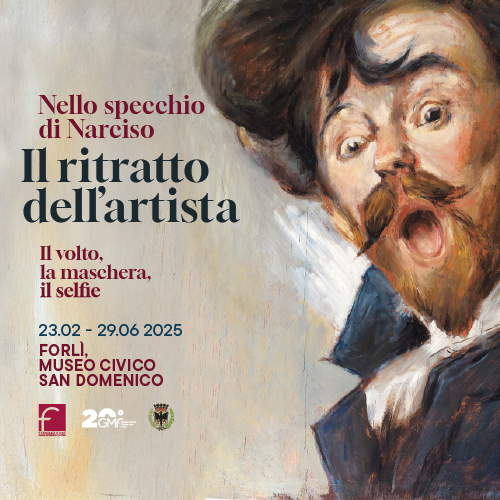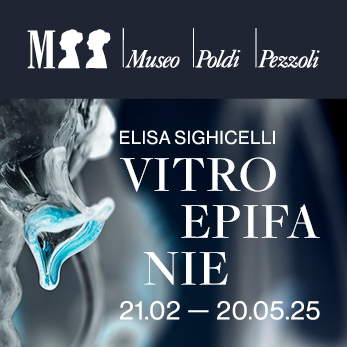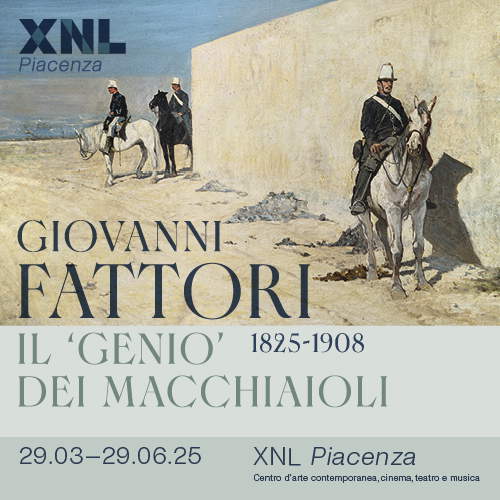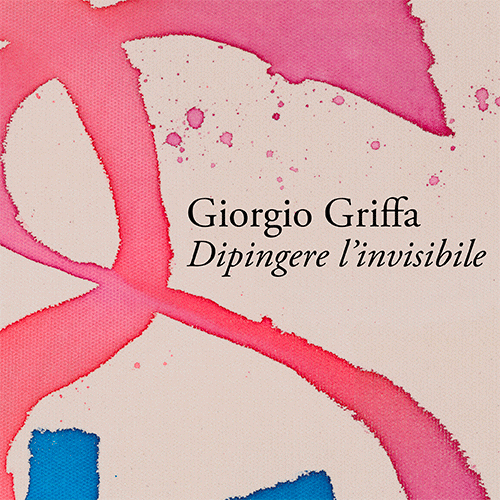Genoa dedicates an exhibition to the heirs of the Macchiaioli, from Nomellini to Gioli and Tommasi
In Genoa, Palazzo della Meridiana is hosting an exhibition dedicated to the postmacchiaioli, entitled Gli Eredi dei Macchiaioli. From Silvestro Lega to Plinio Nomellini, curated by Simona Bartolena with the collaboration of Armando Fettolini. The exhibition, which can be visited from March 28 to July 13, 2025, explores the evolution of Macchiaioli painting and the generational shift that led toward new stylistic experimentation, from Divisionism to Symbolism andArt Nouveau.
The exhibition is divided into several sections, outlining theartistic legacy of the Macchiaioli and their influence on subsequent generations. The journey begins with the three great protagonists of the 19th-century movement, Giovanni Fattori, Silvestro Lega and Telemaco Signorini. These artists laid the foundations of an innovative pictorial language, based on the rendering of light and color through patches of pigment, in clear opposition to academic classicism.
The second section is devoted to painters who took up the Macchiaioli legacy while maintaining its luministic and compositional sensibility. Prominent among them are Francesco and Luigi Gioli, the three Tommasi - Angiolo, Ludovico and Adolfo - and Ruggero Panerai, all of whom developed a personal language while remaining close to the example of their predecessors.
A special focus is reserved for the city of Livorno, which in the late nineteenth and early twentieth centuries became a cultural center of primary importance, capable of competing with Florence for artistic vivacity. New pictorial approaches were developed here, marking a transition to modern art.
One of the most fascinating aspects of the exhibition concerns the link between painting and music, recounted in the section devoted to the Club la Bohème of Torre del Lago. This club, founded by the famous composer Giacomo Puccini, was a meeting point between musicians and painters, fostering dialogue between the arts and giving rise to stylistic contaminations that would mark the transition from Macchiaiolism to new currents. Among the artists who frequented this milieu emerges the figure of Plinio Nomellini, whose artistic career represents an evolution from Macchiaioli realism toward the chromatic experiments of Divisionism and the suggestive atmospheres of Symbolism.
A further aspect of the exhibition delves into the relationship between the post-Macchiaioli painters and Liguria, a land of great inspiration for many artists. The region, beloved by Telemaco Signorini, was often the subject of his works, with masterpieces dedicated to Riomaggiore and the Cinque Terre, where he also painted intense portraits of the local population. But he was not the only one to draw inspiration from the Ligurian landscape: Adolfo Tommasi, Giorgio Kienerk and Llewelyn Lloyd also depicted glimpses of the region with great pictorial sensitivity. However, it is once again Plinio Nomellini who embodies better than anyone else the transition from painting “of the real” to a more visionary and symbolist language. Described by Lorenzo Viani as “the most undisciplined of all the undisciplined,” Nomellini was able to reinterpret the Macchiaioli legacy in a modern key, leaving a deep mark on the history of Italian art.
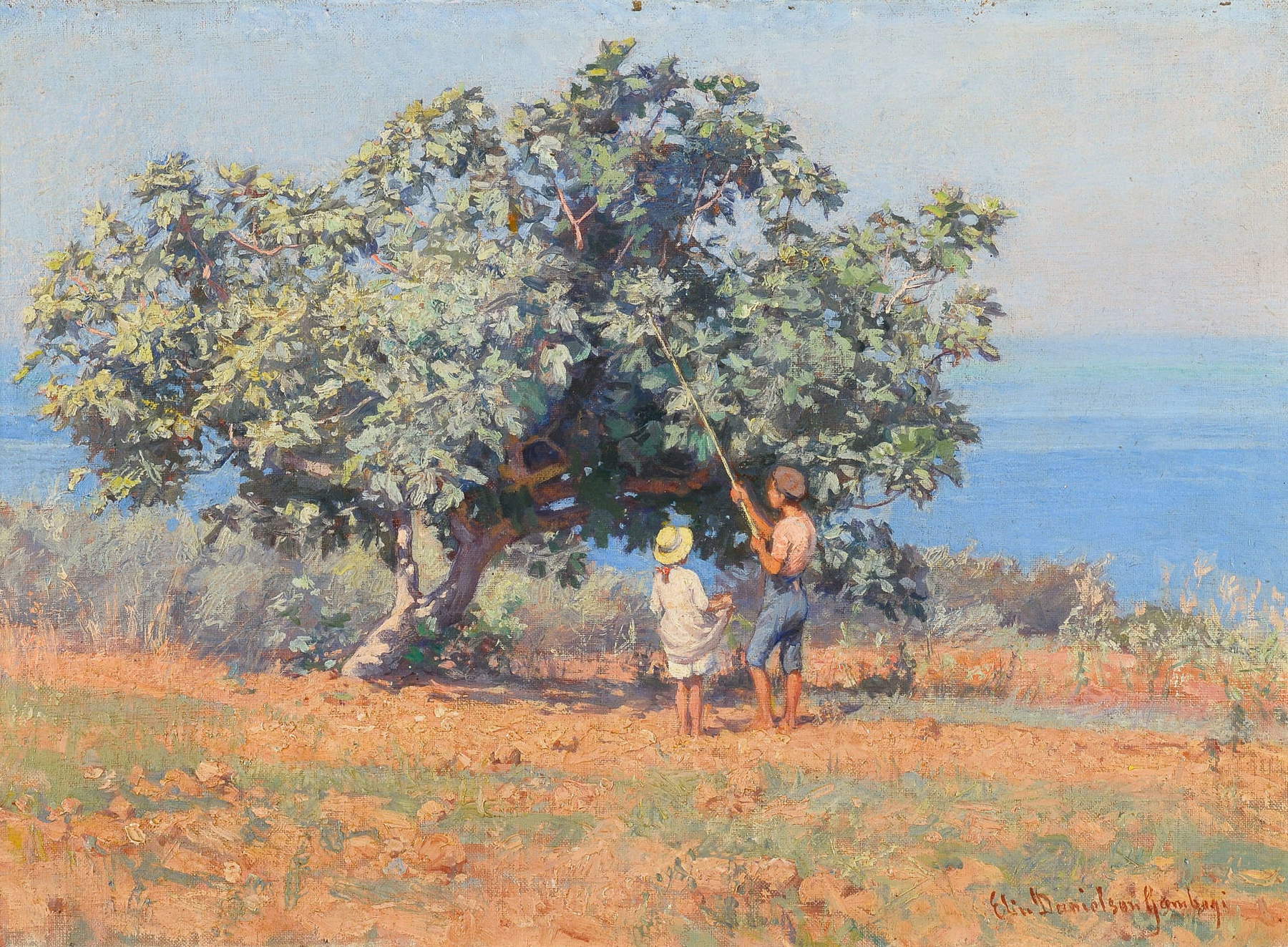
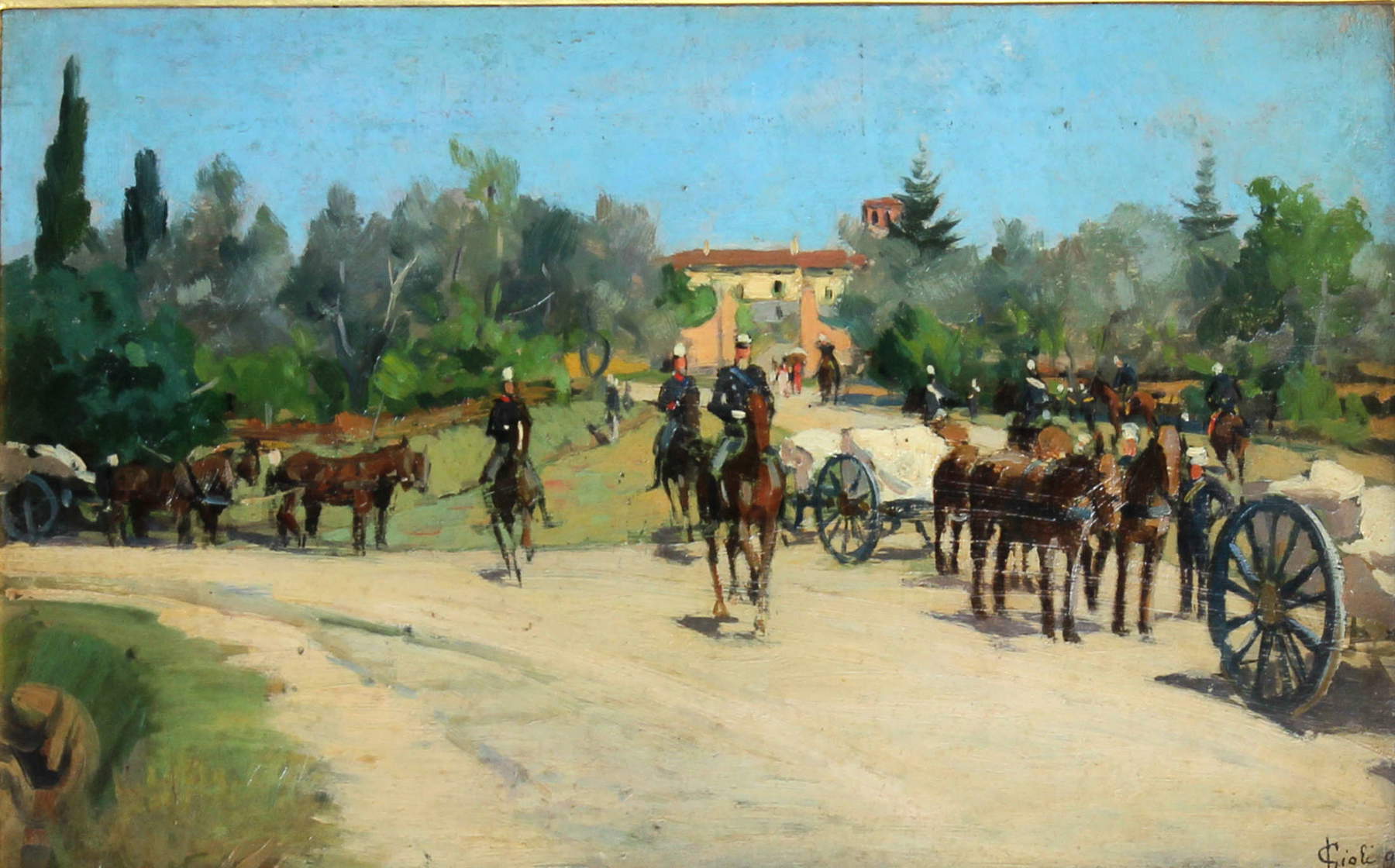
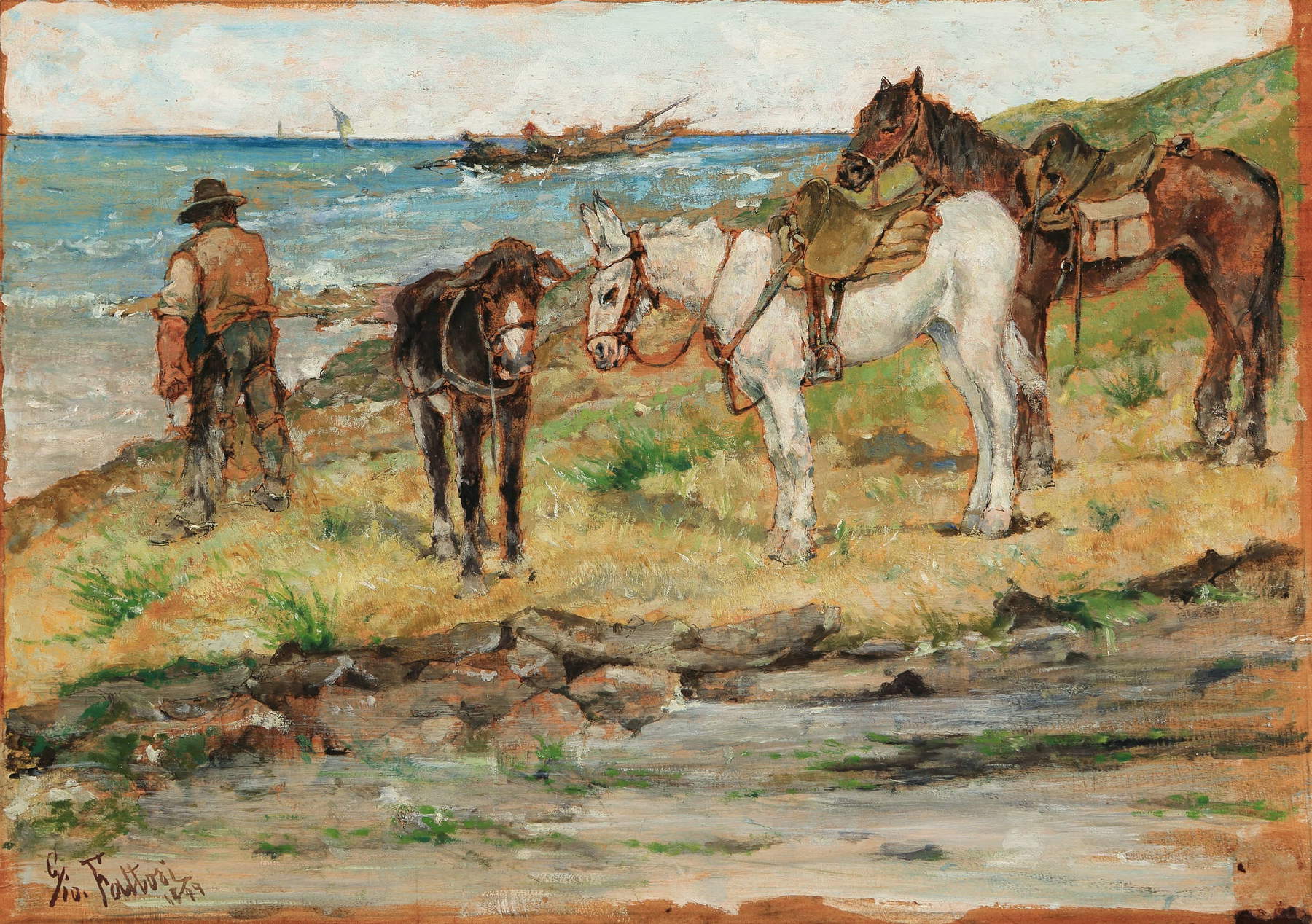
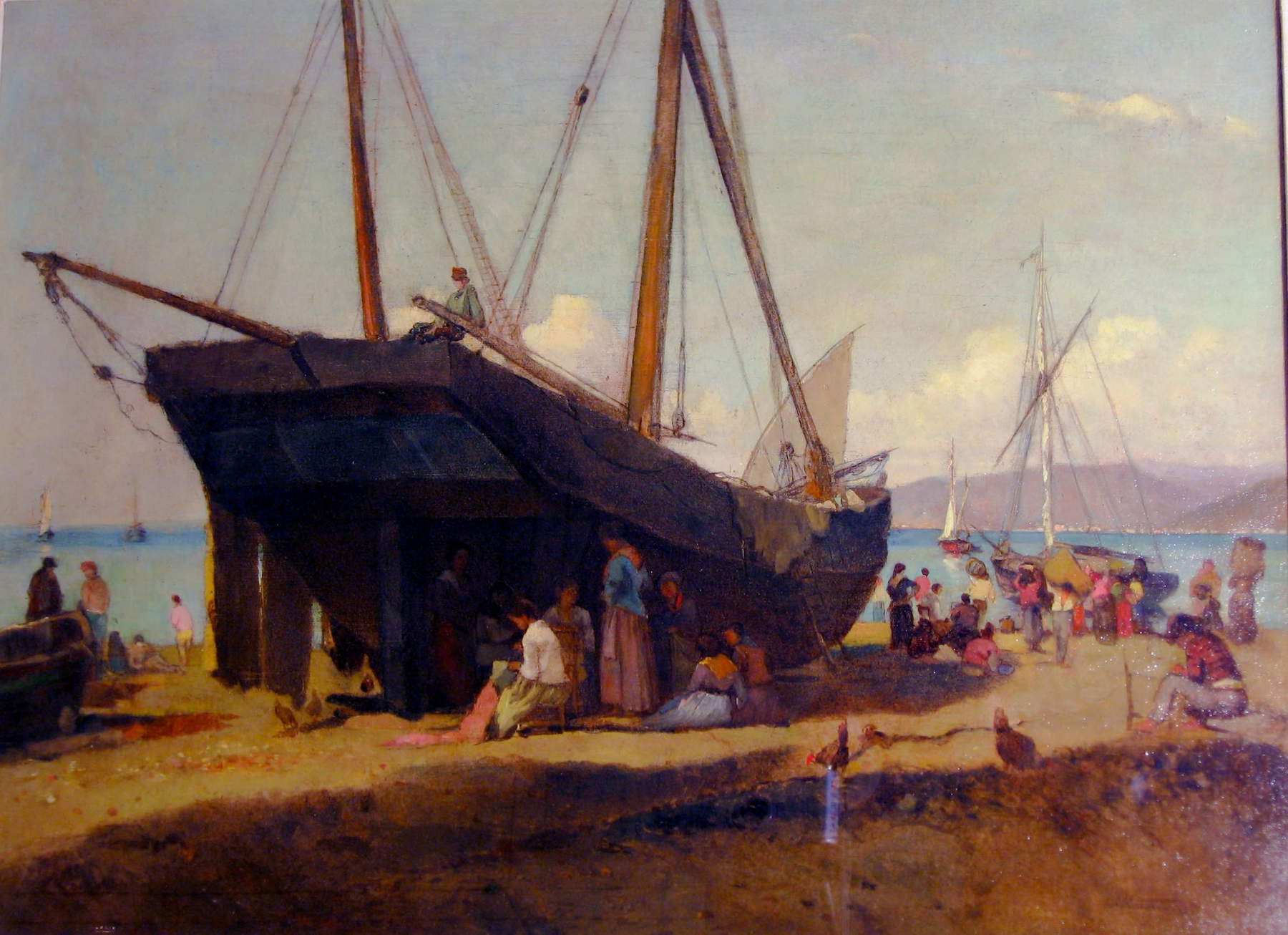
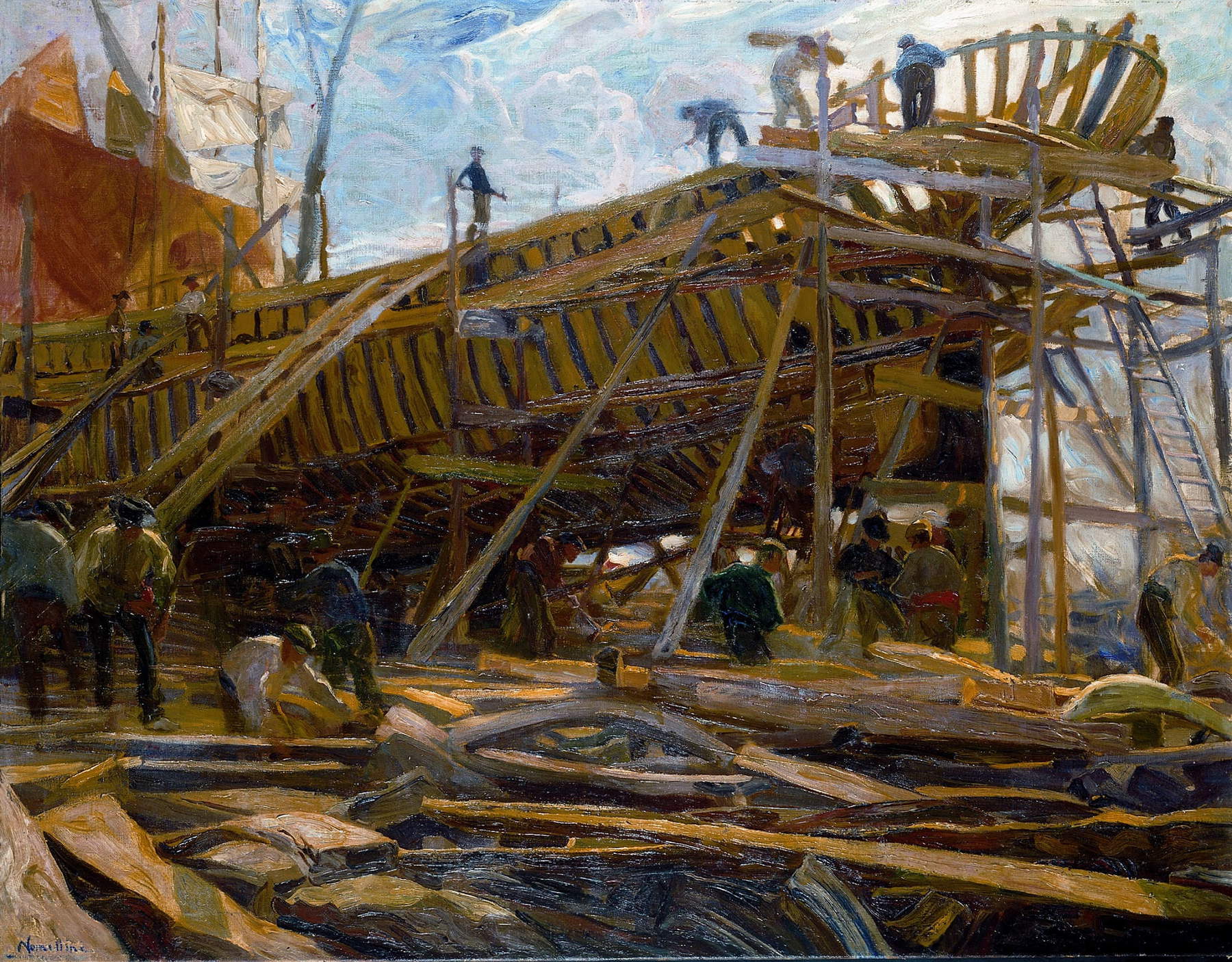
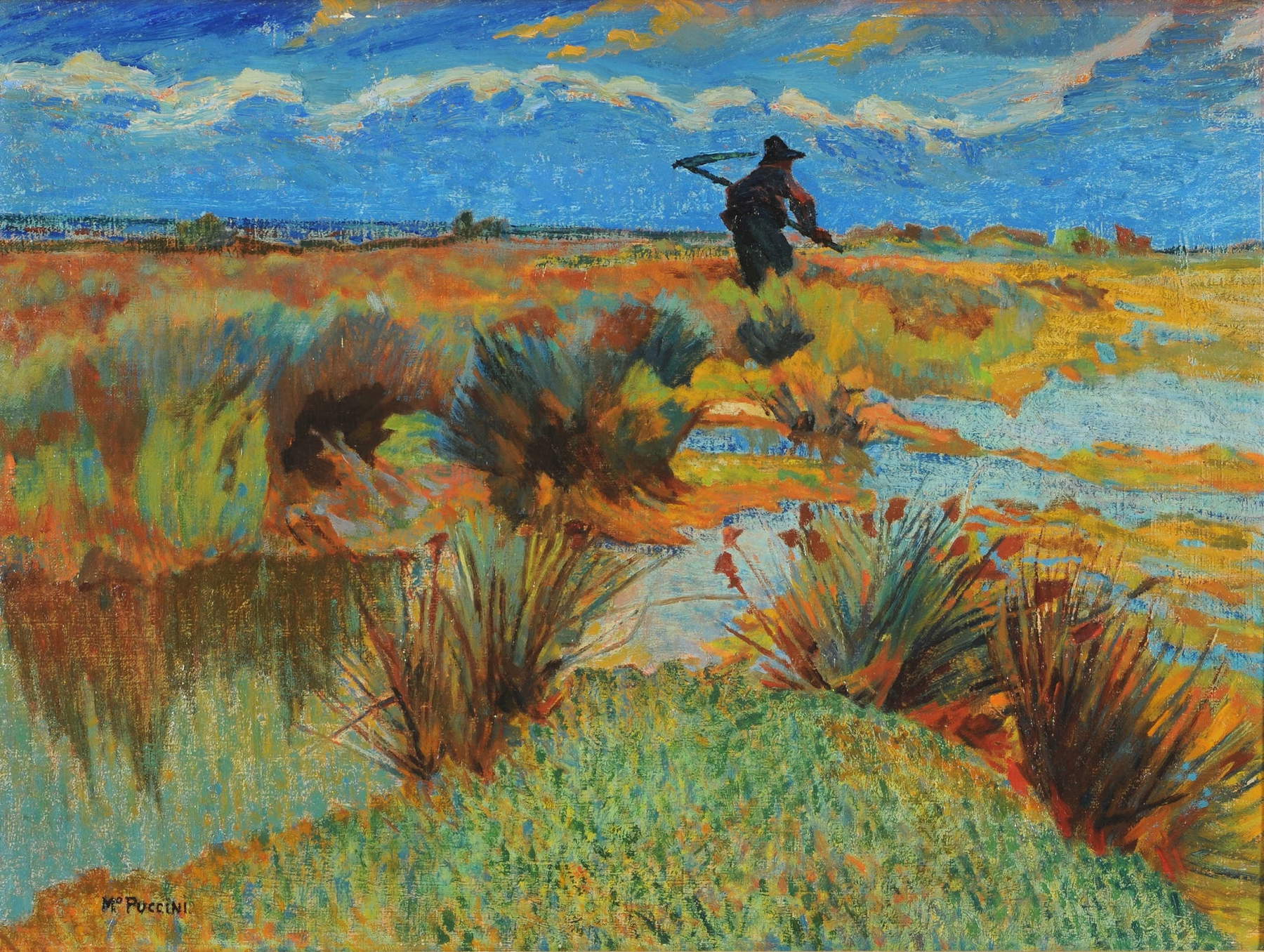
“The exhibition offers a valuable and rare opportunity to investigate a complex historical artistic moment, that of the transition between the 19th and 20th centuries,” explain curators Simona Bartolena and Armando Fettolini. “Starting from the fundamental lesson of the Macchiaioli painters, the itinerary recounts the evolution of the painting of life from the 1880s toward an increasingly evident modernity. Alongside the works of very famous artists (such as Fattori, Lega, Signorini, Nomellini and Ghiglia), visitors will have the opportunity to discover masterpieces by lesser-known painters, who will be able to surprise for the quality and originality of their research. A journey into a historical moment of transition, very important for the birth of contemporary languages, yet often forgotten.”
"On the occasion of the cultural event Genoa in the Nineteenth Century for the year 2025 with the Exhibition The Heirs of the Macchiaioli we return to talk about this important artistic current and its legacy," says Davide Viziano, president of the Associazione Amici di Palazzo della Meridiana APS. “The works come from both private collections and public institutions; our most heartfelt thanks go to the Accademia Ligustica di Genova, the Wolfsoniana di Genova, the Raccolte Frugone and the many private individuals who have granted loans. We have been able to realize this new exhibition thanks to the many Partners of the Association who also for 2025 have supported us with great generosity: culture is an engine of attractiveness and optimism in this very complex historical period.”
"The Heirs of the Macchiaioli," says Simona Ferro, Councillor for Culture of Regione Liguria, "certifies the great quality of the cultural offer of Palazzo della Meridiana, which is capable of organizing initiatives of the highest artistic value. After the exhibition I macchiaioli, which succeeded in gaining wide success and participation in 2018, for the Genoese and Ligurian public it will be an opportunity to discover the work and style of the post-Macchiaioli painters, who were witnesses of an important cultural transition at the turn of the century, rich in influences and constantly changing. The exhibition, divided into five sections, also devotes ample space to the relationship between these artists and Liguria, allowing visitors to learn about the unique and original contribution our territory made to the evolution of art in the 19th century. This appointment gives further value to the cultural event Genoa in the Nineteenth Century, dedicated to the celebration of nineteenth-century Genoese art in the national and international art scene of the time."
“Today we are presenting an exhibition that is part of the events dedicated to Genoa and the 1800s, our great theme of 2025,” comments Genoa City Council Culture Councillor Lorenza Rosso. “Through the five proposed sections, a fundamental historical passage is accurately described: the transformation of pictorial taste, from the Macchiaioli tradition to the new artistic trends of the late 19th century. The evolution of an era is analyzed, touching different regions and combining painting and music, as well as stimulating reflections and a desire to reinterpret cultural roots. A big thank you goes to Palazzo della Meridiana, which is a key hub for the artistic and cultural dissemination of our city.”
The exhibition’s itinerary unfolds in the five exhibition rooms on the first piano nobile of the Palazzo della Meridiana, the 16th-century residence that was once the Grimaldi family’s one of the 42 Palazzi dei Rolli UNESCO World Heritage Sites since 2006. Meetings and guided tours with the curators will be organized during the exhibition’s opening period, as well as educational workshops dedicated to schools of all kinds and grades. Also new for this exhibition are the opening hours: the Exhibition will be open on Mondays and closed on Tuesdays.
The Exhibition opens to the public from Friday, March 28 to Sunday, July 13, 2025 with hours: Monday, Wednesday, Thursday and Friday from 10 a.m. to 6 p.m. and Saturday, Sunday and Holidays from 10 a.m. to 7 p.m. Tuesday closed. Admission: € 12.50 (full) € 10.00 (reduced), € 5.00 (schools and children), € 45 (5-person ticket). Free up to 6 years old. Catalog is published by Sagep, Genoa (public price €32 - discounted for exhibition visitors € 29).
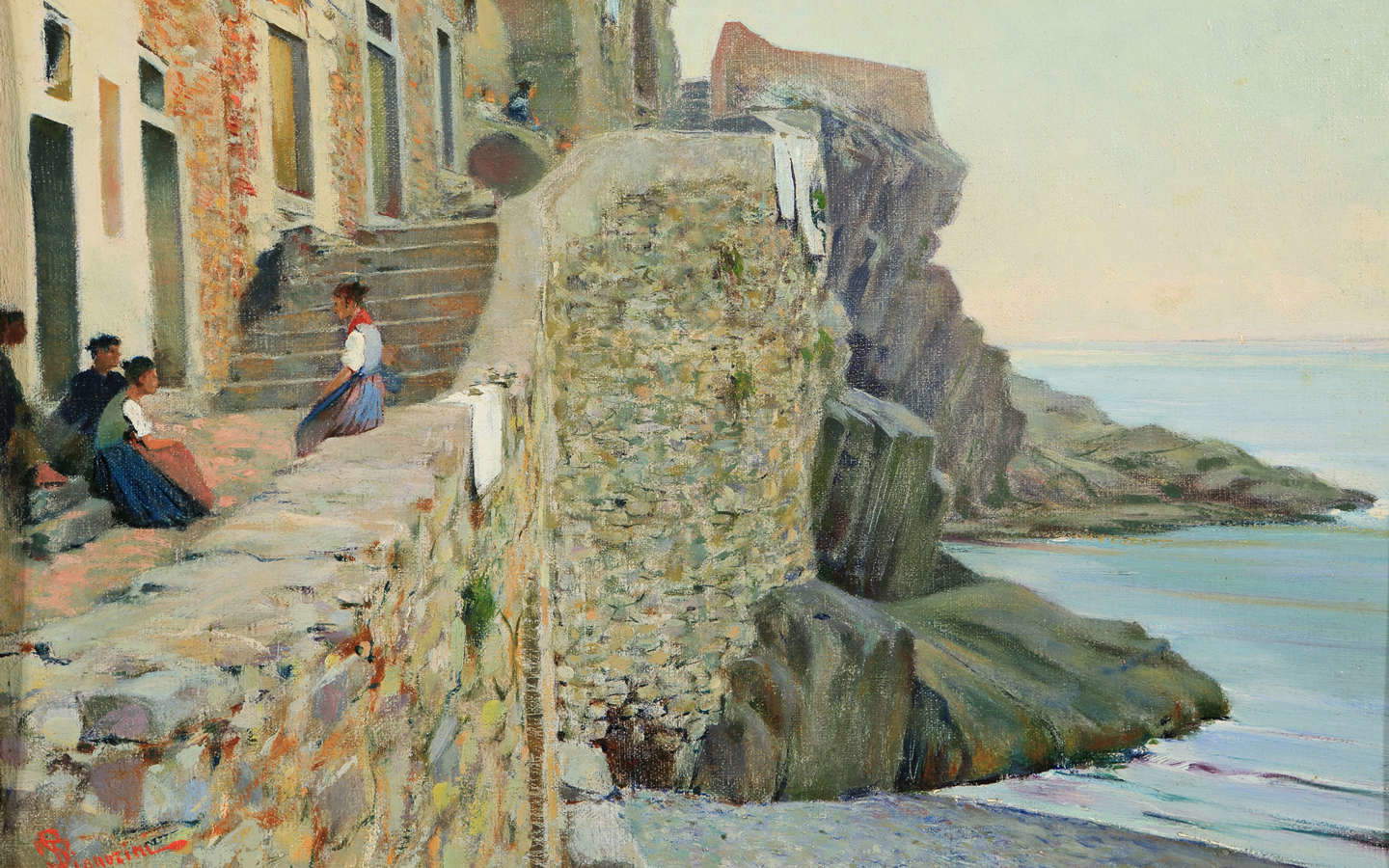
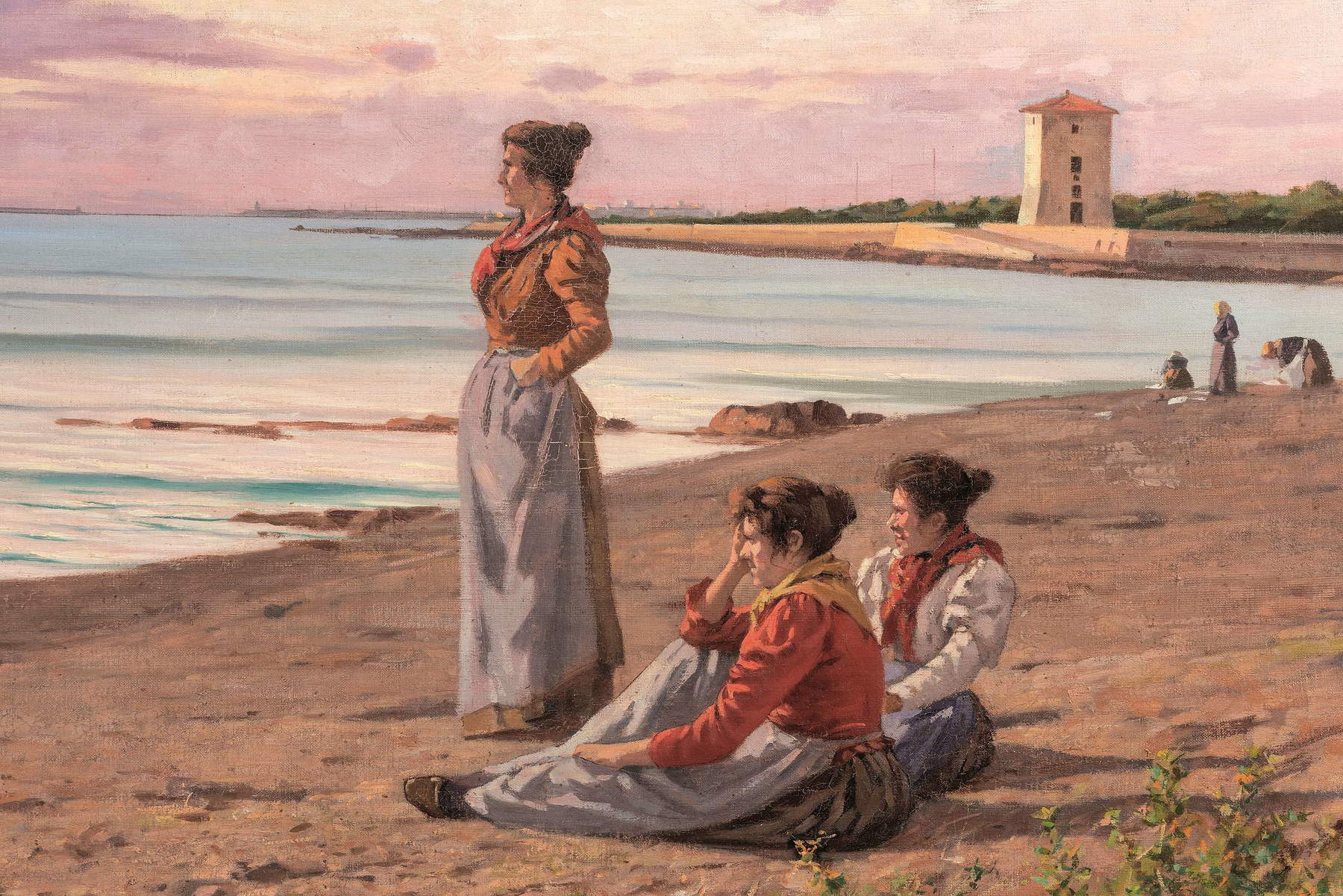
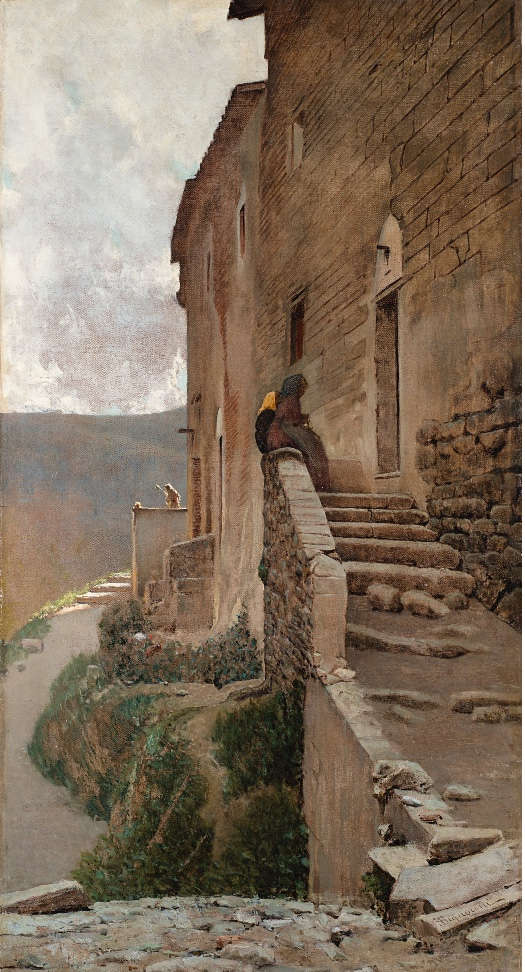
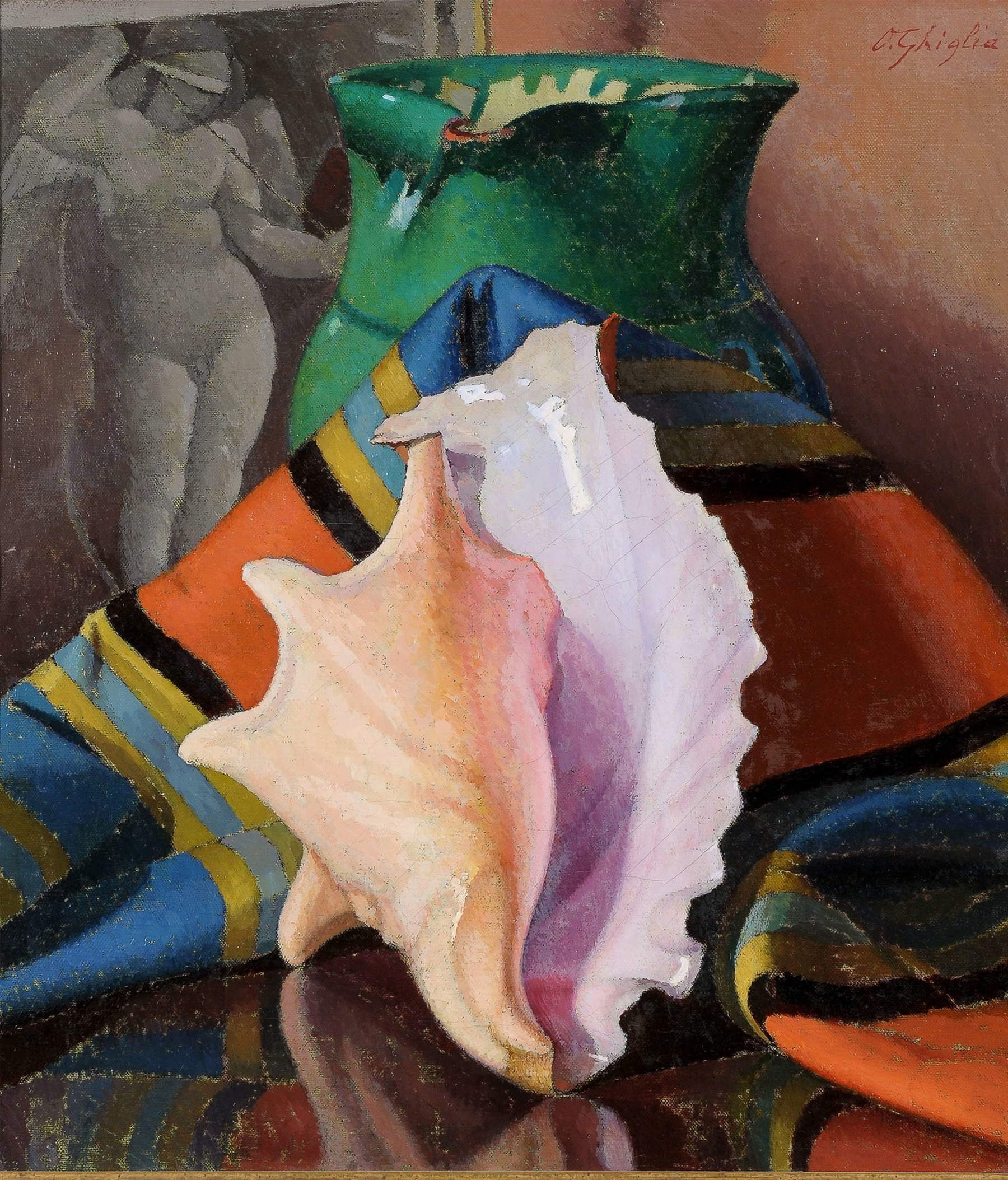
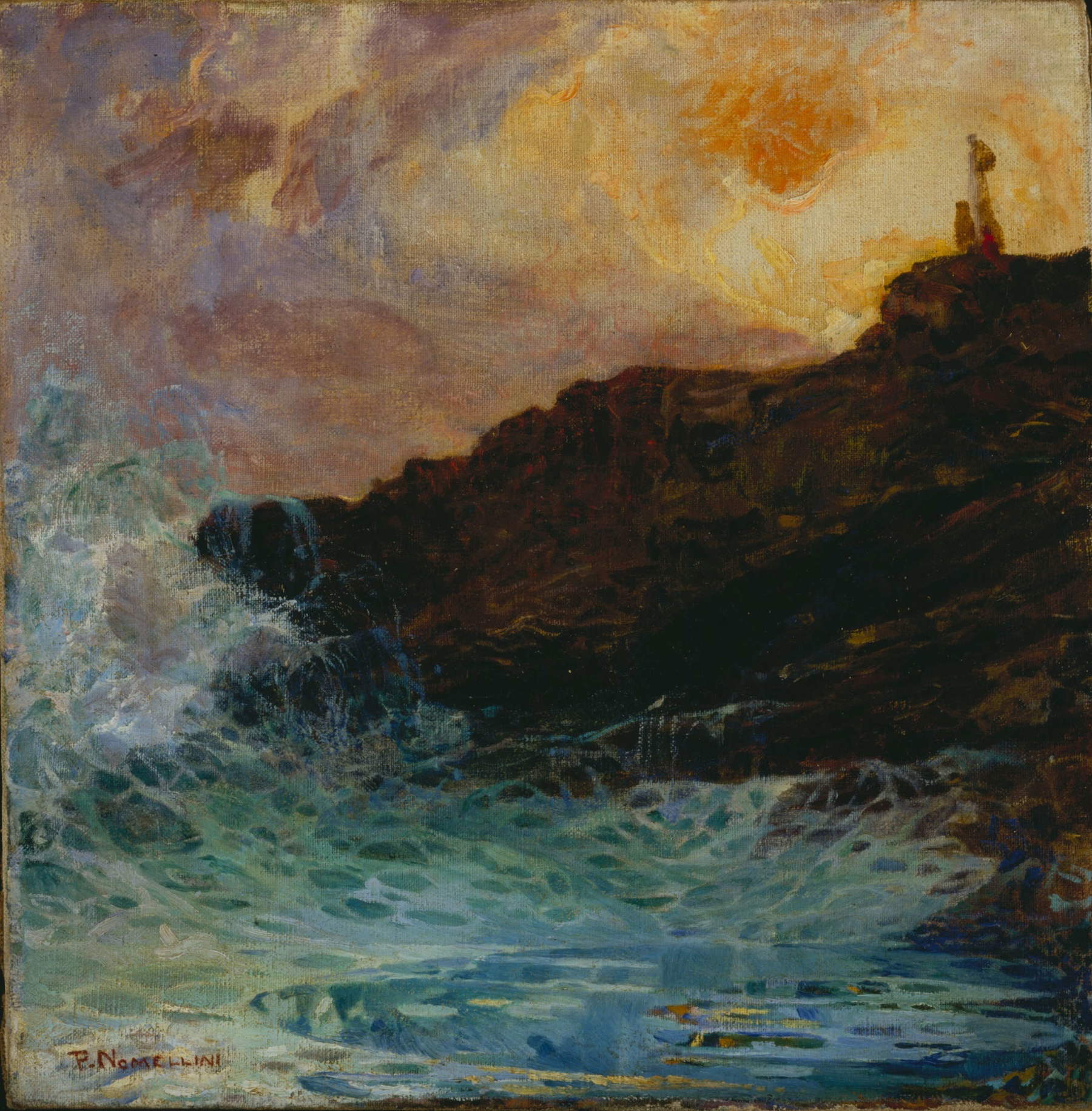
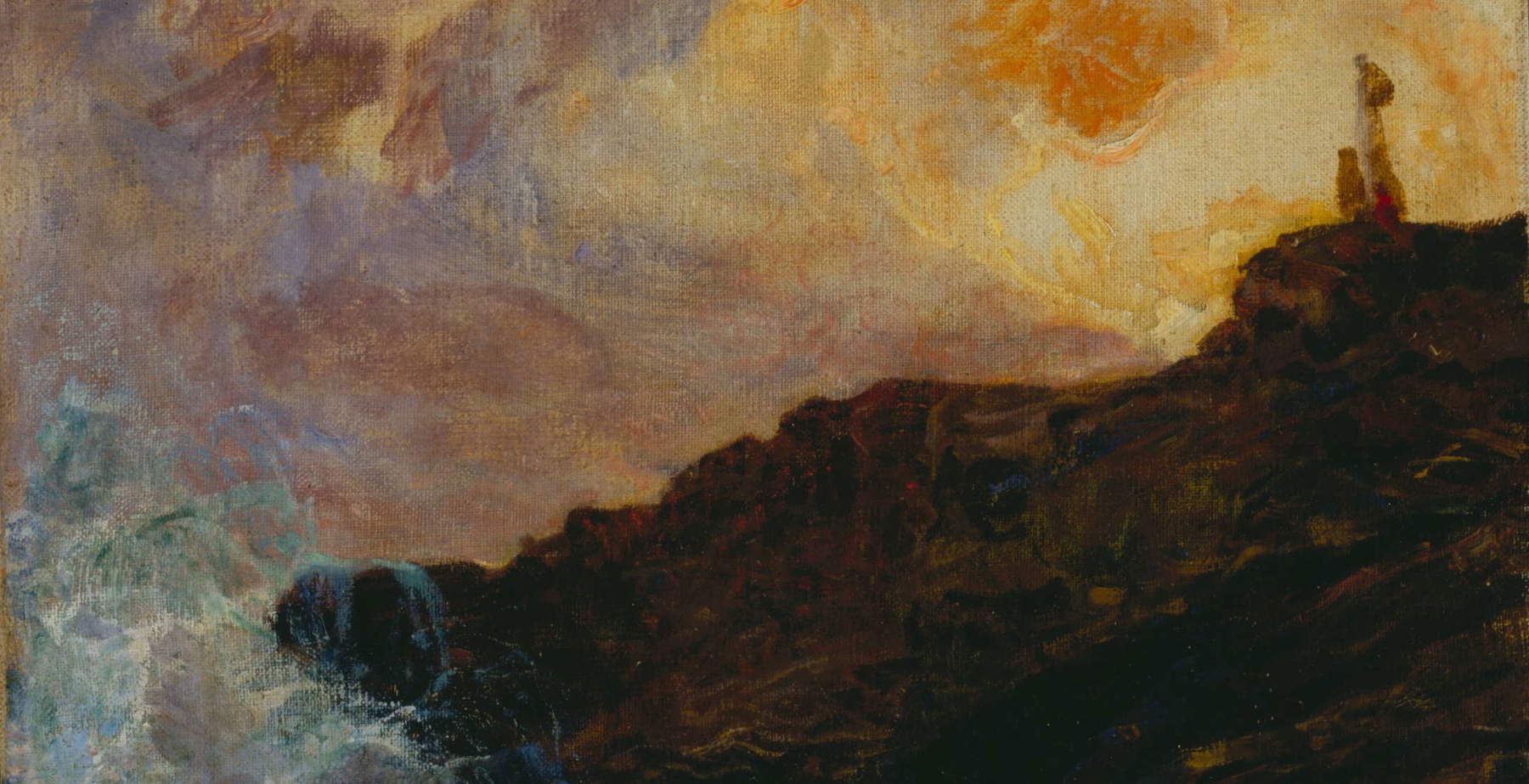 |
| Genoa dedicates an exhibition to the heirs of the Macchiaioli, from Nomellini to Gioli and Tommasi |
Warning: the translation into English of the original Italian article was created using automatic tools. We undertake to review all articles, but we do not guarantee the total absence of inaccuracies in the translation due to the program. You can find the original by clicking on the ITA button. If you find any mistake,please contact us.





